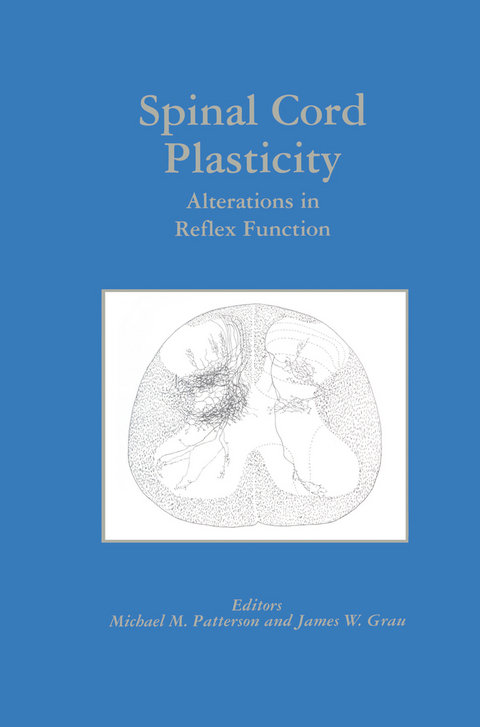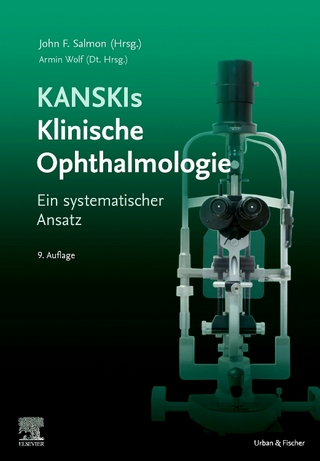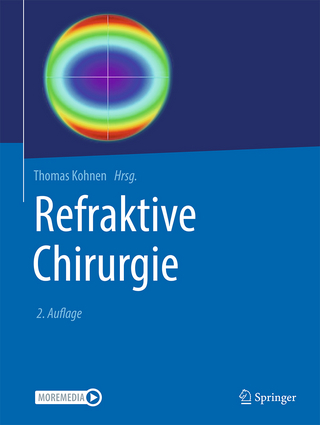
Spinal Cord Plasticity
Springer (Verlag)
978-0-7923-7445-9 (ISBN)
1 Spinal Plasticity.- 2 Pavlovian and Instrumental Conditioning Within the Spinal Cord: Methodological Issues.- 3 Pavlovian Conditioning of Flexion Reflex Potentiation in Spinal Cat: Temporal Effects Following Spinal Transection.- 4 Spinal Fixation: Long-term Alterations in Spinal Reflex Excitability With Altered or Sustained Sensory Inputs.- 5 Spinal Cord Plasticity in the Acquisition of a Simple Motor Skill.- 6 Mechanisms of Central Sensitization of Nociceptive Dorsal Horn Neurons.- 7 Noxious Stimulus-Induced Plasticity in Spinal Cord Dorsal Horn: Evidence and Insights on Mechanisms Obtained Using the Formalin Test.- 8 Neural Darwinism in the Mammalian Spinal Cord.- 9 Spinal Cord Plasticity Associated with Locomotor Compensation to Peripheral Nerve Lesions in the Cat.- 10 Laufband (Treadmill) Therapy in Incomplete Para- and Tetraplegia.
| Erscheint lt. Verlag | 31.7.2001 |
|---|---|
| Zusatzinfo | VII, 243 p. |
| Verlagsort | Dordrecht |
| Sprache | englisch |
| Maße | 155 x 235 mm |
| Themenwelt | Medizin / Pharmazie ► Medizinische Fachgebiete ► Augenheilkunde |
| Medizin / Pharmazie ► Medizinische Fachgebiete ► Neurologie | |
| Naturwissenschaften ► Biologie ► Humanbiologie | |
| ISBN-10 | 0-7923-7445-2 / 0792374452 |
| ISBN-13 | 978-0-7923-7445-9 / 9780792374459 |
| Zustand | Neuware |
| Haben Sie eine Frage zum Produkt? |
aus dem Bereich


